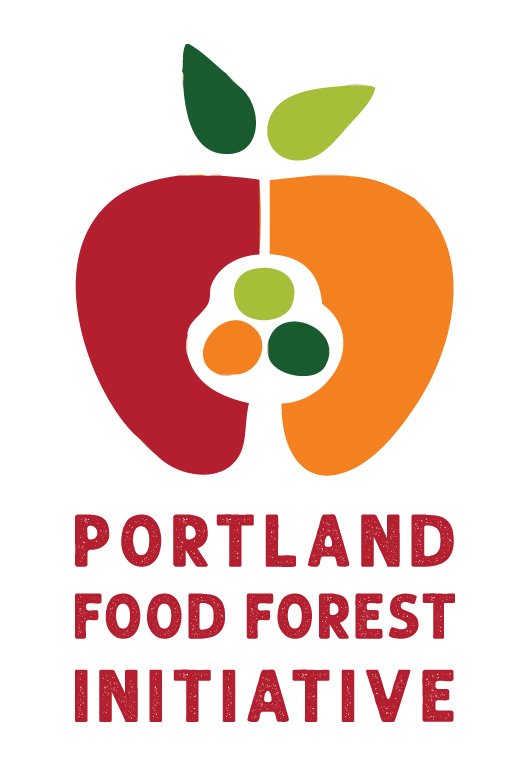The Replicable Model
How to start your a Food Forest Initiative in your town
The most important element of an organization like ours is land access. You can’t have a food forest without access to land! We began by asking around and putting out calls for land access to neighborhoods with large lawns through facebook groups and word of mouth. Before long, we had 2 demonstration sites secured (Cully #1 and Jean’s Farm) where we could establish our first food forests in town.
We found that working with private land owners is the most direct route to establishing food forests and allows the most room for learning how to grow your org.
In deciding who to work with, trust your gut and only work with people who are enthusiastic about your mission. Be picky about land that’s offered to you. You’ll likely have many people offering their yard to you, but most won’t have sites suited to excellent demonstration food forests.
The agreements we have with homeowners whose land we tend are as follows:
Home owners agree to a 5 or 6 year arrangement, pay for all plants and seeds at cost, supply a good hose and nozzle, allow us access to their space with 30 minutes notice. We split the harvest 50/50 between stewards and home owners and excess is donated to mutual aid food distribution. After the initial period of stewardship comes to an end, both home owner and org have the option of renewing the agreement.
We supply all labor and skill, are responsible for the stewardship of the site and give tours during the summer.
Now that we have several demonstration sites, we’re able to document their progression and use that media to promote the conversion of grass lawns into food forests in public-facing spaces (such as Oliver Middle School and Los Jardines), apply for grants, and grow our organization.
Get a wholesale account with a nursery near you that sells fruiting trees and shrubs. Many retail nurseries offer discounts to non-profits.
You don’t NEED to start a non-profit if you want to make food forests on other people’s land, but it’s helpful for getting access to grant money (grant writing is a drag, but it’s how the non-profit world turns) which will allow your org to grow and install bigger food forests in public places!
There are lots of online and local resources if you want to start a non-profit. SCORE is a useful resource and you may be able to find someone who runs a non-profit near you who would be willing to answer some questions. The paperwork part of starting a non-profit isn’t that difficult to do, but it does take some time.
